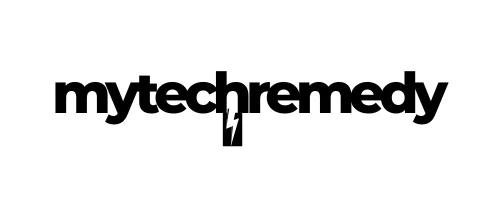The Alchemy of Self-Publishing: Navigating KDP and AI Integration
Ah, self-publishing. A realm where one can morph from a scribbler of ideas to the proud author of a digital tome. Amazon’s Kindle Direct Publishing (KDP) is at the heart of this transformation. This platform, a veritable playground for authors, bridges the gap between creation and audience. But like teaching an intern to brew coffee without spilling, it comes with its own set of learning curves. For a deeper dive, consider exploring KDP Amazon Publishing and unravel the intricacies of this process.
Understanding the KDP Landscape
Let’s imagine KDP as a bustling marketplace, where authors are vendors and readers the eager shoppers. Here, the currency isn’t just dollars and cents; it’s visibility, engagement, and the elusive notion of ‘reader loyalty.’ Authors upload their manuscripts, waiting for that magical moment when their work clicks with someone scrolling through an endless sea of titles.
Yet, much like AI’s tendency to get lost in a loop without supervision, authors can find themselves adrift in KDP’s vast ocean. The promise of millions of potential readers can be daunting, and without a map—or in this case, a strategy—one might end up as a solitary island, unseen and unread.
AI as the Intern: Simplifying the Complex
Enter AI, our trusty, albeit sometimes unpredictable intern. In the realm of KDP, AI acts as a compass, guiding authors through the labyrinth of metadata, keyword optimization, and audience targeting. Picture AI as a linguistically capable assistant who, despite its quirks, can help polish your prose and optimize your book’s discoverability. It’s here where the transformative power of AI comes into play, much like a well-timed plot twist in a sci-fi novel.
AI algorithms analyze data patterns, reader preferences, and market trends, offering insights that can help authors tailor their content to the audience’s tastes. Just as platforms like Walmart Fulfillment Services streamline logistics for e-commerce sellers, AI tools help authors manage the complexities of metadata, keyword optimization, and book discoverability. This isn’t about AI taking the wheel but rather augmenting the author’s journey, offering a toolkit that enhances creativity and strategic decision-making.
Embracing the Future: Recommendations for Authors
So, how does one navigate this hybrid landscape of traditional authorship and digital innovation? Here are some actionable steps:
- Understand Your Audience: Use AI tools to gather insights on reader preferences. Tailor your content and marketing strategies accordingly.
- Optimize Metadata: Leverage AI’s analytical prowess to fine-tune keywords, descriptions, and categories to enhance discoverability.
- Embrace Feedback: AI can help analyze reviews and reader feedback. Use this data to refine your future works and marketing approaches. For more tech solutions, explore How to Make Passive Income on Amazon.
- Continuous Learning: The landscape of self-publishing is ever-evolving. Stay informed about the latest tools and trends in AI and KDP. Many new authors also wonder about the legal side of publishing, such as do you need a business license to sell on Amazon when monetizing their books. While KDP doesn’t require one, exploring the nuances of self-publishing regulations can help ensure smooth operations.
In conclusion, the fusion of AI and KDP offers a dynamic canvas for authors. It’s not about AI overshadowing human creativity but rather about enhancing it. Think of AI as that slightly eccentric intern who sometimes surprises you with a stroke of genius. Embrace the tools at your disposal, and who knows? You might just find your work lighting up the Kindle charts.
Checkout ProductScope AI’s Studio (and get 200 free studio credits)
